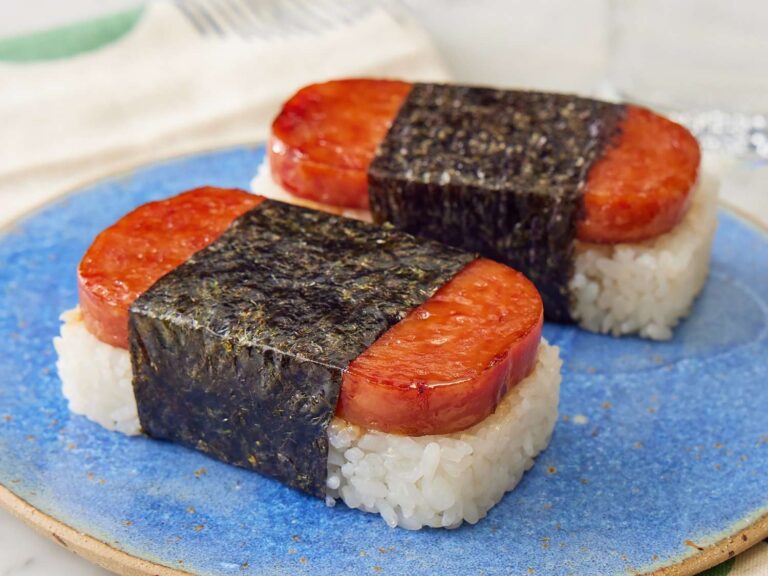Laulau is more than just a dish – it’s a piece of Hawaiian history served on a plate. This traditional meal, with its distinct preparation method, tells a story of resourcefulness and connection to the land that has been passed down through generations.
At its core, laulau is a bundle of pork, fish, or chicken wrapped in taro leaves, then encased in ti leaves before being steamed to perfection. The result? A tender, flavorful package that captures the essence of Hawaiian cooking.

The Heart of Laulau: Ti Leaves
Ti leaves, known as lā’ī in Hawaiian, are the unsung heroes of laulau. These long, green leaves aren’t just for show – they play a crucial role in the cooking process. As the laulau steams, the ti leaves impart a subtle, sweet flavor to the contents while keeping everything moist.
But ti leaves are more than just a cooking tool. In Hawaiian culture, these leaves have been used for everything from roof thatching to hula skirts. Their use in cooking is just one aspect of their versatility and importance.
Crafting the Perfect Laulau
Making laulau is an art form that takes practice to master. Here’s a glimpse into the process:
- Prepare the filling: Traditionally, this includes pork, butterfish, and sometimes sweet potato.
- Wrap in taro leaves: The filling is encased in layers of taro leaves, which will cook down to a spinach-like consistency.
- Bundle in ti leaves: The taro-wrapped package is then carefully folded into ti leaves, creating a secure bundle.
- Steam: The laulau is steamed for several hours, allowing the flavors to meld and the meat to become tender.
More Than Just a Meal
Laulau isn’t just about the end product – it’s about the process. Traditionally, making laulau was a communal activity, bringing families and communities together. It’s a prime example of how food in Hawaiian culture is intertwined with social bonds and respect for the land.
Today, while you can find laulau in restaurants and markets across Hawaii, many families still make it at home, especially for special occasions. It’s a way of connecting with heritage, of passing down knowledge from one generation to the next.
Trying Laulau
If you’re in Hawaii, don’t miss the chance to try authentic laulau. Many local restaurants serve it as part of a traditional Hawaiian plate lunch. And if you’re feeling adventurous, why not try making it at home? While finding ti leaves might be challenging outside of Hawaii, many recipes offer alternatives that can give you a taste of this unique cooking method.
Laulau is more than just a meal – it’s a window into Hawaiian culture, a testament to the islands’ culinary heritage. So the next time you unwrap a laulau, remember: you’re not just eating dinner, you’re participating in a tradition that’s been cherished for generations.




